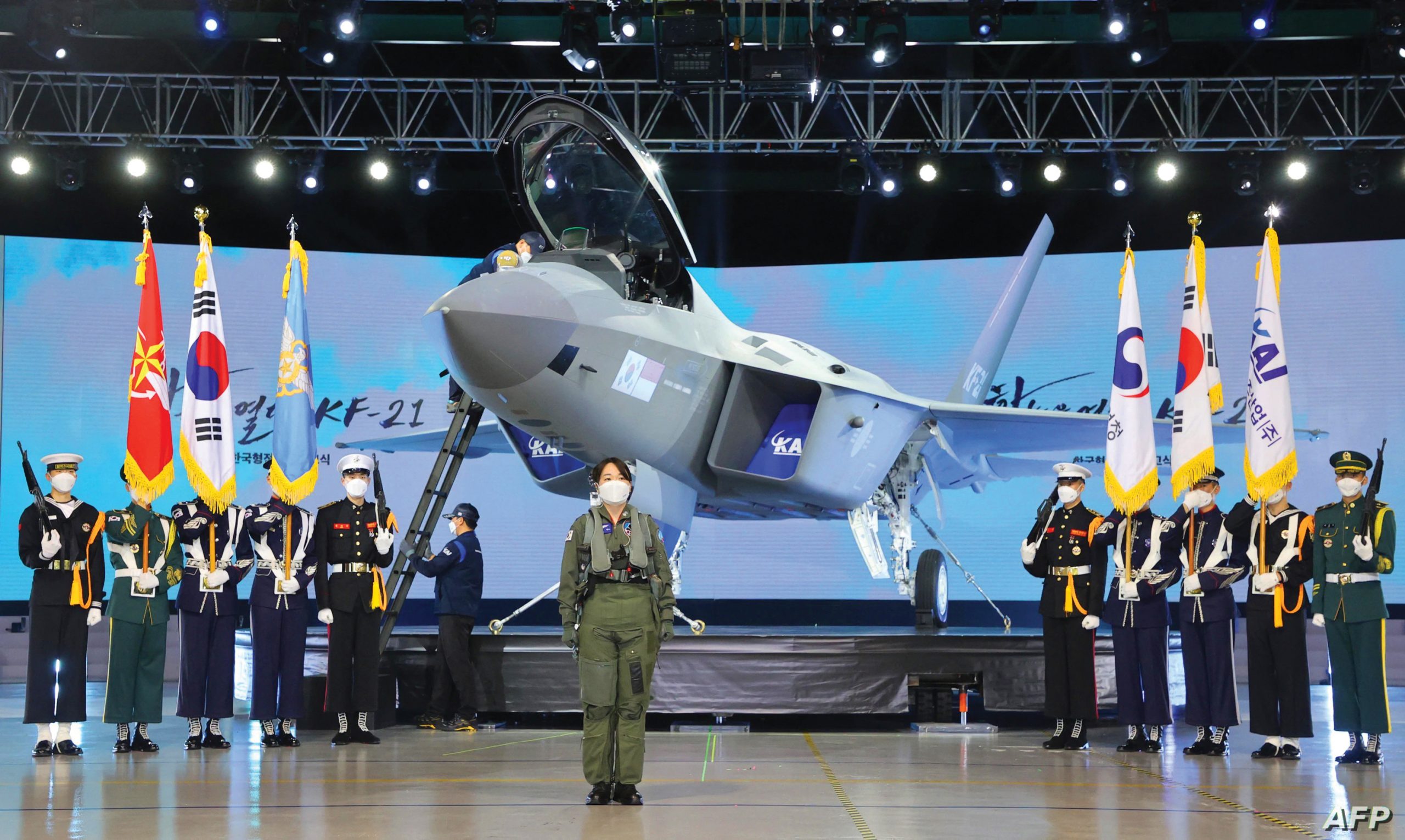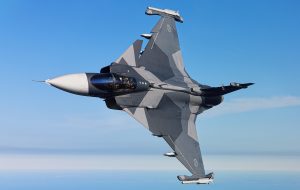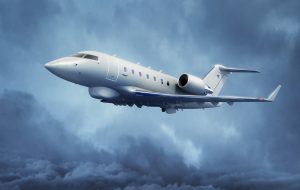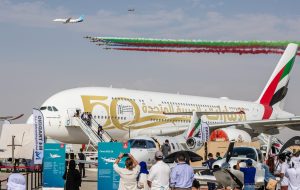For decades, South Korea has been seeking to join the club of military aviation giants, by manufacturing and producing local fighters that are comparable in strength and features to the most powerful and best warplanes in the world, and to be a major driver of export and a source of jobs and economic development.
Although Seoul is a country that does not have a long history in the production of warplanes, it ranks fifth in the world in air defense force with a force index of 1,581, according to the latest statistics of “Global Fire Power 2021”, as it owns a fleet of advanced foreign fighters, the most important of which is the American F-35 fighter aircraft.
For a long time, South Korea has occupied advanced ranks in the Military Force Index issued by “Global Fire Power” and has maintained this progress. This year, 2021, it ranked sixth in the world with a strength index of (0.1612).
Today, South Korea is working hard to achieve its goal of being among the first seven countries in the global aviation industry by 2030, and plans to build its own capabilities in navigation, surveillance and reconnaissance, electronic warfare, air defense, and advanced weapons, according to statements by the government spokesman, Lim Se Yeon ».
The most costly defense project in South Korea
In a very symbolic moment, representing South Korea’s decades-long pursuit of fulfilling its dream and manufacturing its own fighter plane, Seoul unveiled in early April 2021 a prototype of the first domestically manufactured Next-4.5 Generation fighter jet bearing the name “KF-X”.

The South Korean gray fighter plane was displayed at an event held at the headquarters of the Korea Aerospace Industries (Sacheon), in the southern city of Sachon, more than 5 years after the launch of the costliest defense project in South Korea, worth 8,8 trillion Won (7.9 billion) US dollars) to replace the aging Air Force F-4 and F-5 jets in late 2015.
KF-21 Boramae
The supersonic jet fighter will be named “KF-21 Boramae” when the South Korean army deploys it.
The announcement ceremony for the fighter prototype took place at a ceremony attended by South Korean President “Moon Jae-in” and representatives from Indonesia led by Defense Minister Prabowo Subianto, as a partner country in the project since 2014, as Seoul owns 80% compared to Jakarta’s 20%.
In this context, President Moon Jae-in said that the modern aircraft will become the backbone of the Korean Air Force, describing its launch as “opening a new era in the world of independent national defense, and an important moment in the history of the country’s aviation industry.”

Moon added that South Korea will have at least 40 new fighters ready to fight by 2028 and 120 by 2032.
He explained that the fighter plane will go into full production once the tests on the ground and in the air are completed.
“The launch of the prototype is a major step in the development stages because it means that we are entering the phase of testing the capabilities of the fighter after building the drawings we had” South Korea’s Defense Acquisition Program Department said in a statement.

Specifications and features
The aircraft, which has a maximum payload of 7,700 kilograms, will be equipped with 10 pods to carry air-to-air missiles and other weapons, and is able to fly at a speed of 2,200 kilometers per hour, with a flight range of 2,900 kilometers, and a maximum payload of about 7,700 kilograms, while the maximum take-off weight is about 25,583 Kilograms, with a maximum thrust of approximately 22 tons.
The first test of the stealth fighter, which has a length of 16.9 meters, a width of 11.2 meters and a height of 4.7 meters, is planned for 2022, while the entire development process is expected to be completed in 2026.
Reports indicate that 65% of the modern fighter aircraft components are manufactured locally. It will also be equipped with advanced electronic systems, AESA radar (Active electronically scanned array), unique EW electronic warfare equipment and infrared search and tracking systems (IRST), in addition to Photoelectric targeting systems (EO TGP).

The fighter has high operational efficiency and specifications that extend its use life, and it is available with one seat and can be equipped with tandem seats to meet various requirements and tasks, and it has a high ability to maneuver.
Due to the national importance of the defense project, about 16 universities, 11 laboratories and 553 suppliers from different parts of the country participated in its completion.
When the development process ends, South Korea will become the 13th country in the world to develop its own combat aircraft.
The engine
In May 2020, GE Aviation delivered its first KF-X fighter engine, the F414-400K, which is part of the family of power- generating engines that power aircraft such as Boeing F / A-18 Super Hornet, Saab Gripen and India MKII Tejas Light Combat Aircraft .
Armament
South Korea has chosen Germany’s IRIS-T and MBDA Meteor missiles as short and medium-range air-to-air missiles for the new aircraft.

South Korea has set the timetable for securing combat capabilities with air-to-air weapons in the first phase of the project by 2026, as for the air-to-ground armament capabilities, it will be in the second phase, as the Defense Development Agency (ADD) in Seoul decided in 2018 to develop an air-launched cruise missile(ALCM) of its own by 2028.
Export prospects
Through this project, South Korea and Indonesia hope to gain access to foreign markets with a mass production system.
Reports indicate that South Korea’s success in building and exporting the new fighter will enhance its position at the level of the largest arms exporting countries in the world, especially as it accounts for 2.7% of the global arms market, and ranks according to the latest report of the Stockholm International Peace Research Institute, “Sperry” Ninth in the world in the list of the largest arms exporting countries in the world from 2016 to 2020.
The modern South Korean fighter will also have great export potential, as its price is expected to be much lower than the price of the F-35s sold by the United States to foreign militaries.
Infographic for fighter
- Advanced electronic systems and AESA radar (Active electronically scanned array)
- Precision, advanced weapons, and 10 weapon pylons
- High maneuverability
- High operational efficiency and specifications that extend the life of the fighter
- The fighter is one-seat fighter and can be fitted with tandem seats to meet various requirements and missions
- Maximum thrust: 22 tons
- Maximum speed: approximately 2,200 kilometers per hour
- Maximum load: 7,700 kg
- Maximum takeoff weight: 25,583 kg
- Flight range: 2,900 km
- Width: 11,2 meters
- length: 16,9 meters
- Height: 4,7 meters

By:
Ikram Bendla
(Researcher in Military Affairs)













